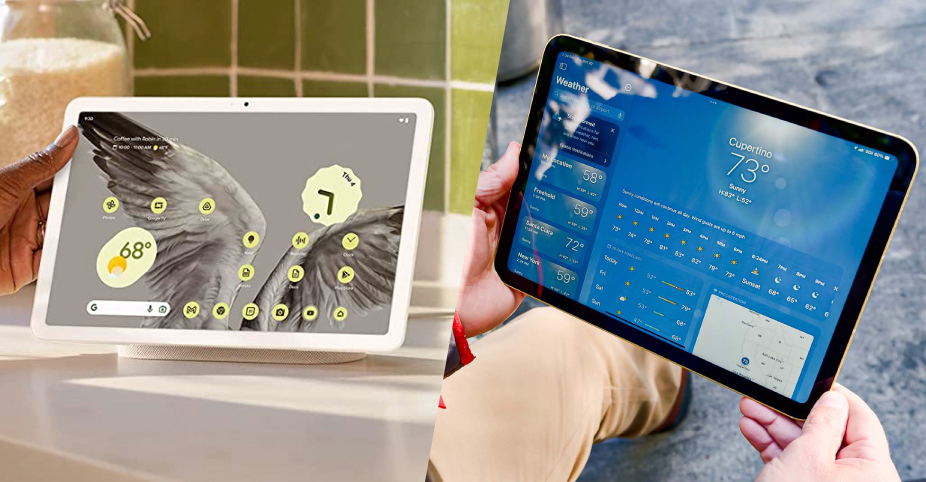
We were introduced to the Google Pixel Tablet ($499) at Google I/O 2023 this week, the company's first new Android tablet in years.
And while the 11-inch slate is as portable as any iPad, Google is pitching it as a tablet optimized for home use thanks to the Charging Speaker Dock that comes included with every Pixel Tablet.
Dock the tablet (as we did during our Google Pixel Tablet hands-on) and it switches to Hub Mode, allowing you to do things like use it as a digital photo frame or a voice-controlled assistant for your home—so you could tell it to, say, turn down the lights in the kitchen and start playing your "Now We're Cookin' With Sass" playlist.
This is a unique pitch for a new tablet, and it's intriguing to see Google try to sell a premium slate that also offers smart home features typically found only on the best smart displays. The Google Pixel Tablet is also optimized for Google apps like Google Meet, Google TV and Google Photos, while the Tensor G2 chip under the hood gives it the muscle to handle video calls, photo editing and tablet gaming.
It's a surprisingly compelling package that makes the Google Pixel Tablet look like a strong contender for one of the best Android tablets. It's also priced to compete with Apple's iPad 2022 ($449), one of the best tablets on the market right now.
But how do the two tablets compare? You'll want to check out the rest of our Google Pixel Tablet vs. iPad faceoff to find out.
Google Pixel Tablet vs. iPad: Specs
Google Pixel Tablet vs. iPad: Price and availability
Right now you can order the Google Pixel Tablet via Google’s website for a starting price of $499 in the U.S. and £599 in the U.K., in your choice of three color options: Hazel, Porcelain or Rose.
The entry-level model comes with an 11-inch (2560 x 1600) 16:10 LCD display, 8GB of RAM and 128GB of storage. You can pay an additional $100 to double the storage to 256GB, and Google also sells a range of accessories for the tablet, including a $79 case with built-in stand that can be kept on the tablet while it’s docked and $129 for additional docks.
If you think the iPad is automatically a better buy because it's $50 cheaper to get the least expensive one, beware: You're getting screwed on storage."
Apple's base iPad, by comparison, starts $50 cheaper at $449. You can get one in Silver, Blue, Yellow or Pink, and the entry-level version sports a 10.9-inch (2360 x 1640) Liquid Retina display, 4GB of RAM and 64GB of storage.
You can pay an additional $150 to bump the storage up to 256GB, and Apple sells a range of its own iPad accessories, but most aren't compatible with the base iPad. You could get a 1st-gen Apple Pencil ($99) if you want, though be ready to plug your Apple Pencil into the iPad to charge it.
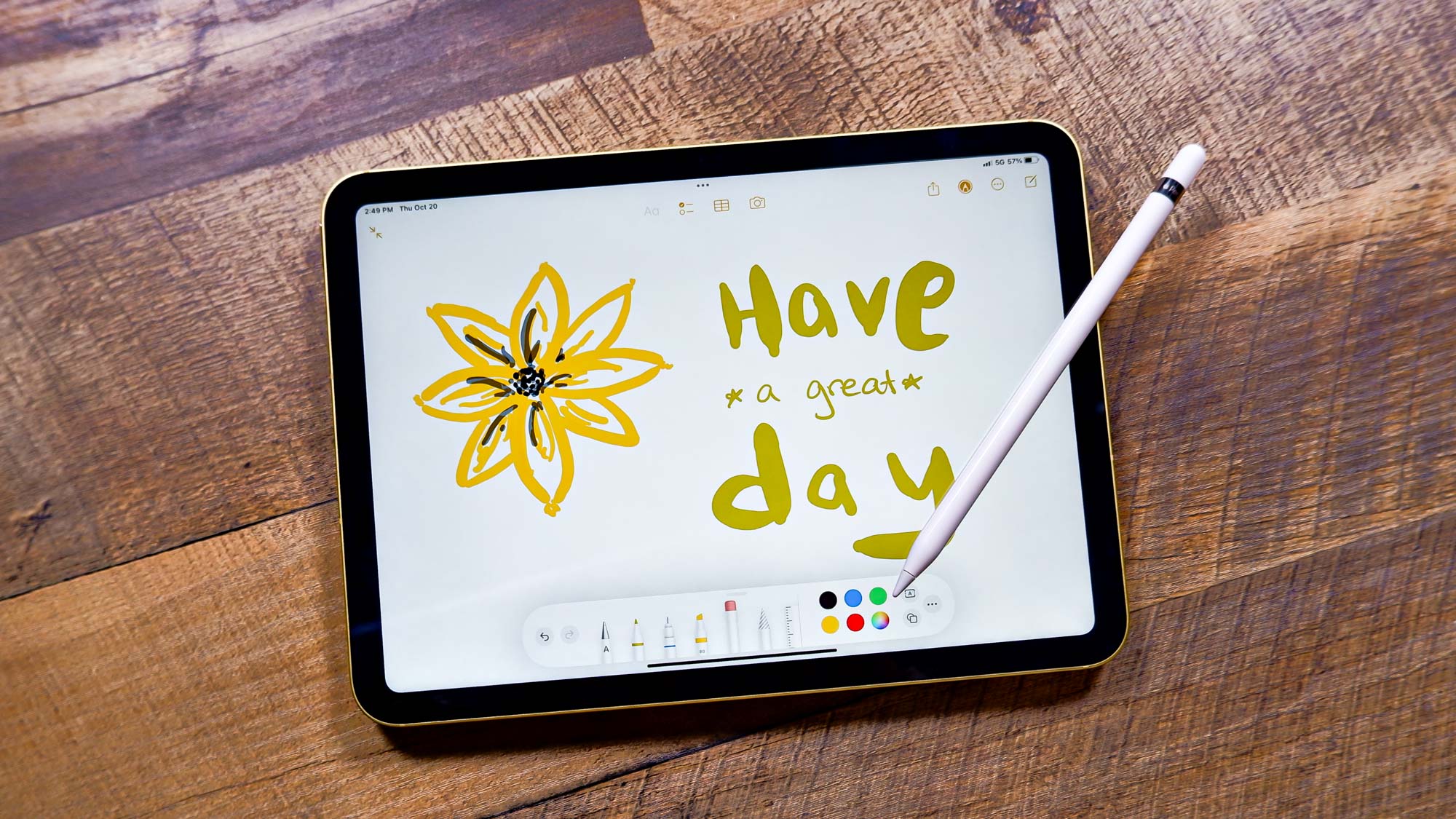
While Google's slate is slightly more expensive than Apple's entry-level iPad, I think Apple is playing a little trick on you by only offering the base iPad with 64GB of storage. That's very little storage these days, and if you want to put more than a handful of apps, videos, and games on your tablet you're going to want more than 64GB. And since Apple only offers one upgrade option (to 256GB for an additional $150), it's basically gently forcing you into paying at least $599 for a decent iPad.
Admittedly, the Google Pixel Tablet is also $599 if you get the 256GB version, so if you want that amount of storage you're paying the same across the board. But the Google Pixel Tablet starts with 128GB of storage, which is actually decent and enough to get by without having to upgrade.
So if you think the iPad is automatically a better buy because it's $50 cheaper to get the least expensive one, beware: You're getting screwed on storage.
Google Pixel Tablet vs. iPad: Design
The Google Pixel Tablet is just a smidge larger and heavier than Apple's iPad, at 10.2 x 6.7 x 0.3 inches in size and just over a pound in weight (1.08 pounds) vs. the iPad's slightly svelter design (9.79 x 7.07 x 0.28 inches, 1.05 pounds).
Where Apple's recent iPads cleave to a flat-edged aluminum design, the Google Pixel Tablet instead sports rounded edges and a matte nano-ceramic coating. There are 8MP cameras on the front and rear, as well as three microphones and four speakers inside the tablet. There's also light-up Google logo on the back, and in addition to the standard complement of power button (with built-in fingerprint reader), volume rocker and USB-C port it comes with a 4-pin connector for the Dock and a physical privacy button which disables the tablet's cameras and mics.
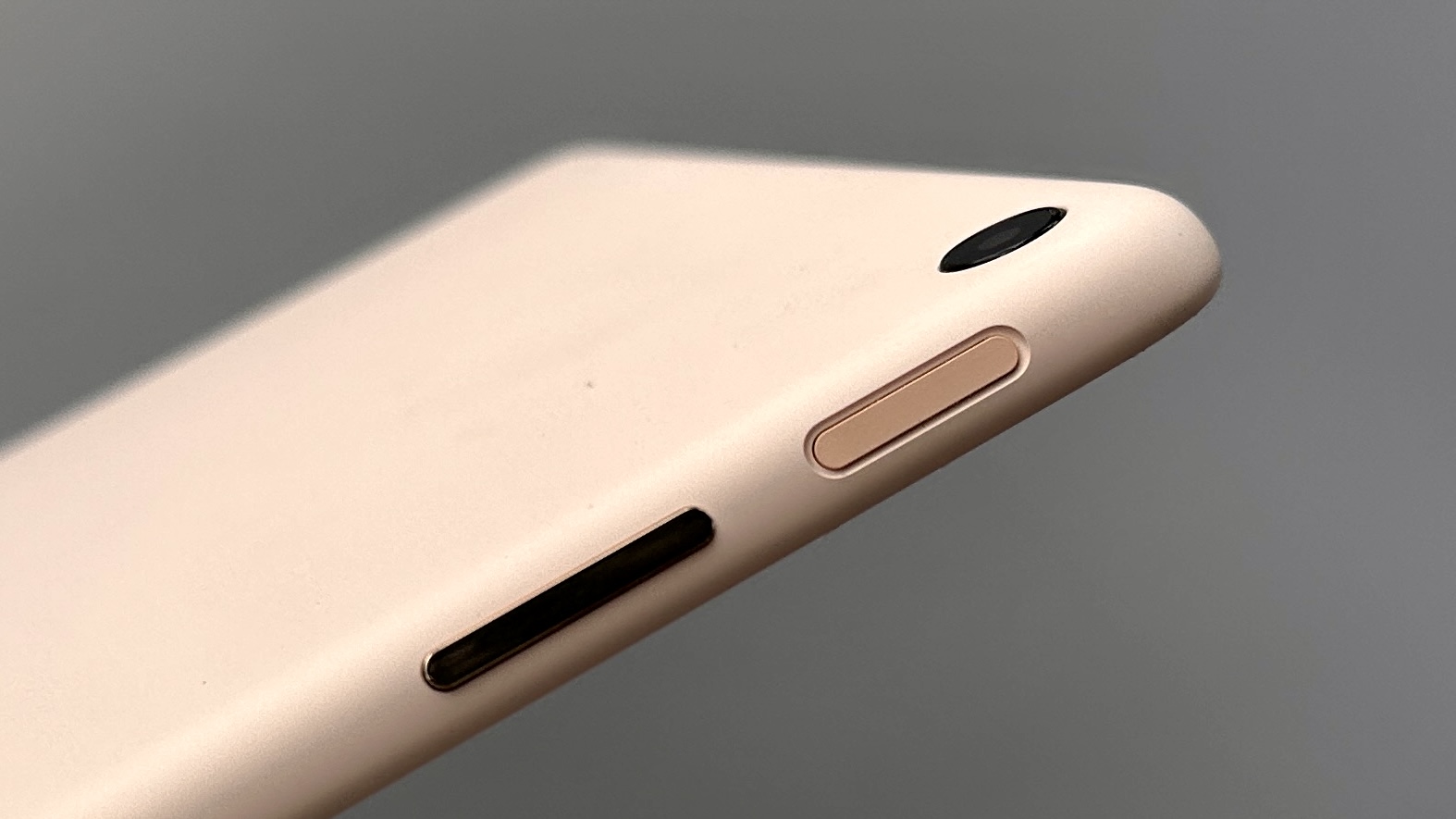
That physical privacy switch is the biggest differentiator between the design of the Google Pixel Tablet and Apple's iPad, and it could be the deciding factor if you're passionate about privacy.
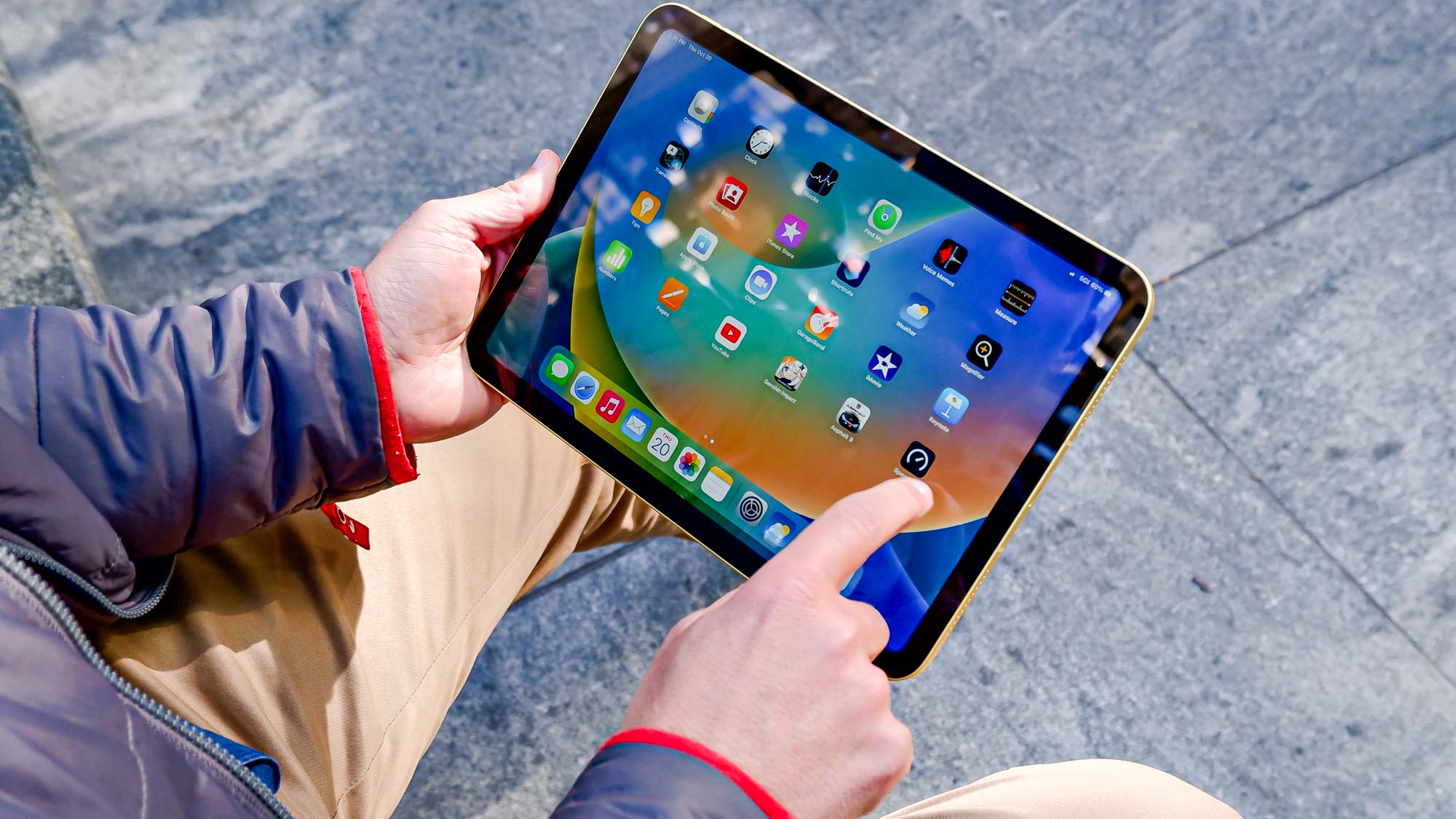
However, Apple's iPad is a smidge lighter and thinner than the Google Pixel Tablet, and it doesn't have anything that lights up besides the display itself. So if you don't like the idea of a glowing G on the back of your tablet, Apple's iPad offers you a slightly less garish (though no less recognizable in public) tablet experience.
Google Pixel Tablet vs. iPad: Display
While we can't speak to the image quality of the Google Pixel tablet until we get one in for thorough testing, we can say that it looks nice in person. The 11-inch (technically 10.95-inch, thanks to the rounded edges) LCD touchscreen offers a resolution of 2,560 x 1,600 pixels.
That's slightly higher than the base iPad's 10.9-inch (2,360 x 1,640) display, which offers roughly 264 pixels per inch (PPI) vs. the Google Pixel Tablet's 276 PPI.
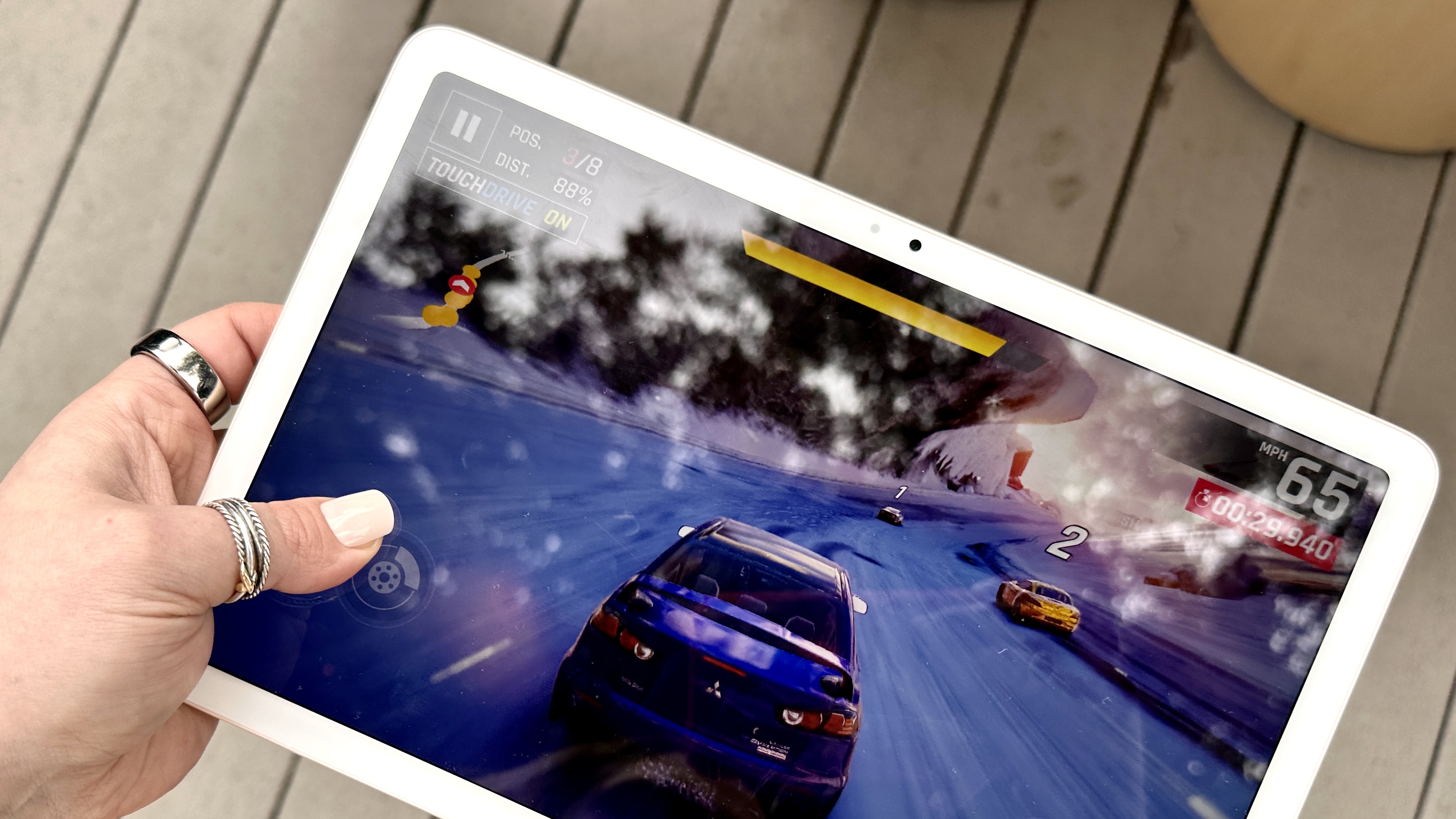
However, that's a pretty negligible difference. The base iPad's screen is plenty big and high-res enough for day-to-day use, and it gets nice and bright too: Apple advertises the base iPad as achieving up to 500 nits of brightness, and our lab tests proved that out, as we recorded our iPad review unit peaking at 504 nits.

Can the Google Pixel Tablet deliver similar accuracy in advertising? Google claims the screen can achieve up to 500 nits of brightness, which makes it neck-and-neck with the iPad 2022. Of course, we’ll have to wait until we get one into our lab for testing so we can see for ourselves how well it delivers on Google's promise.
Until then we won't be able to say for sure which slate has the better screen, but based purely on specs there's very little difference between the two.
Google Pixel Tablet vs. iPad: Cameras
Sure, most of us never use the cameras on tablets for anything besides the occasional video call, but they're nice to have anyway.
That said, Google seems to have kept the relative disuse of tablet cameras (at least, compared to the cameras on your phone) in mind when designing its latest slate. The Google Pixel Tablet sports a pair of 8MP shooters on front and rear, both capable of capturing 1080p video at 30 frames per second (FPS).
The front camera also supports Portrait mode, and both offer a suite of software enhancements like video stabilization, photo-unblurring and the Magic Eraser (via the Google Photos app) app (also available on the new Google Pixel 7a) thanks to the Tensor G2 chip.
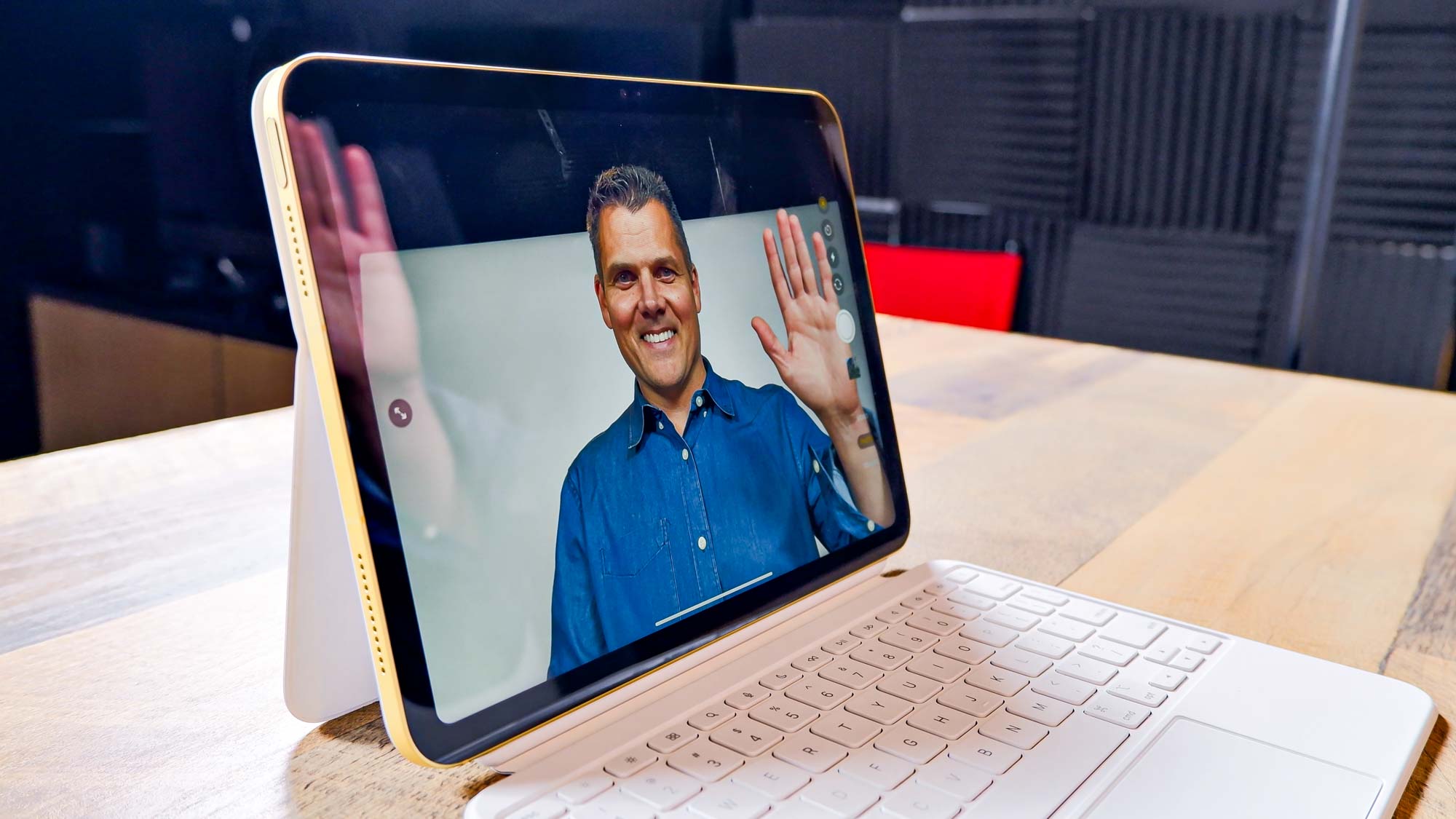
Apple's iPad, by comparison, has better cameras on front and rear with much better video capture capabilities. The pair of 12MP shooters on back and front can capture video at up to 4K/60 fps, and the front camera supports Center Stage, which taps the tablet's machine learning capabilities to intelligently crop your video feed and center it on you as you move, creating the illusion that the camera is following you (or whoever is speaking) as you move around the room. The Google Pixel Tablet has a similar feature, though.
In this category, it's no contest: If you care about having great cameras on your tablet, Apple's iPad is a better buy than the Google Pixel Tablet.
Google Pixel Tablet vs. iPad: Battery life
The Google Pixel Tablet is advertised as lasting up to 12 hours while streaming video, though that number was arrived at via internal testing streaming 1080p YouTube videos via Wi-Fi. If it proves accurate, that's good battery life for a tablet.
We can't say for sure how the reality compares to the promise yet, but once we get one in for testing we'll put it through our battery rundown test, which times how long the tablet lasts while endlessly surfing the web via Wi-Fi with its screen set to a specific brightness level.
When we put Apple's 2022 iPad through the same test it lasted a solid 10 hours and 57 minutes, which is pretty good and technically better than Apple's promised 10 hours.
So if Google can deliver in the same way on its promise of the Google Pixel Tablet lasting 12 hours, it will be the clear winner in terms of battery life. Stay tuned for our full review to find out if Google's slate really lasts as long as advertised!
Google Pixel Tablet vs. iPad: Software
Google's devices are typically perceived to offer the "best" software experience in the Android world because they tend to run pure Android (that is, without any added bloatware, third-party storefronts or custom software that might get in your way) and are optimized for it by Google itself, which is responsible for maintaining and promoting Android.
The company appears to be positioning the Pixel Tablet as the new flagship Android tablet, optimized over 50 of its Google apps for the 11-inch tablet. It also claims this is the first tablet with built-in Chromecast support, so when it's docked in Hub Mode you can easily send it music or videos to play via another device, like your smartphone.
This is also the first tablet to sport Google’s Tensor G2 chip (which powers the Google Pixel 7 and 7a), which means it offers the sort o AI-like functionality usually seen in Google’s Pixel phones. That includes fun photo/video effects (like the afore-mentioned Magic Eraser in Google Photos) as well as the protection afforded by the company’s Titan M2 security chipset.

Apple's iPads, by comparison, offer you access to the Apple App Store. This is typically seen as a bit safer and more carefully curated than the Google Play Store accessible on Android, though Google's done a lot of work in recent years to improve the experience of using the Play Store.
But really, what matters is less the app storefront you use and more what kind of apps you can access. In terms of software, the question of whether to go with a Google or Apple tablet is best answered by your existing allegiances. If you're already a regular Android user, you'll likely appreciate the Google Pixel Tablet's familiar interface and the easy access it affords you to your existing apps and accounts.
Of course, if you're a veteran Apple user the base iPad is probably better suited to you, for the same reasons. Regrettably, neither company makes it easy to take your data and purchases from one ecosystem to another.
Google Pixel Tablet vs. iPad: Speaker dock and Hub Mode
The Charging Speaker Dock included with every Google Pixel Tablet is its killer feature, one Apple's iPad simply can't match.
Now to be clear, nearly any tablet can be configured to let you interact with and control your smart home devices if you invest in the right apps and services. What sets the Google PIxel Tablet apart is the Dock itself, which has built-in magnets and better speakers (up to 4x the bass, according to Google) than the Pixel Tablet.
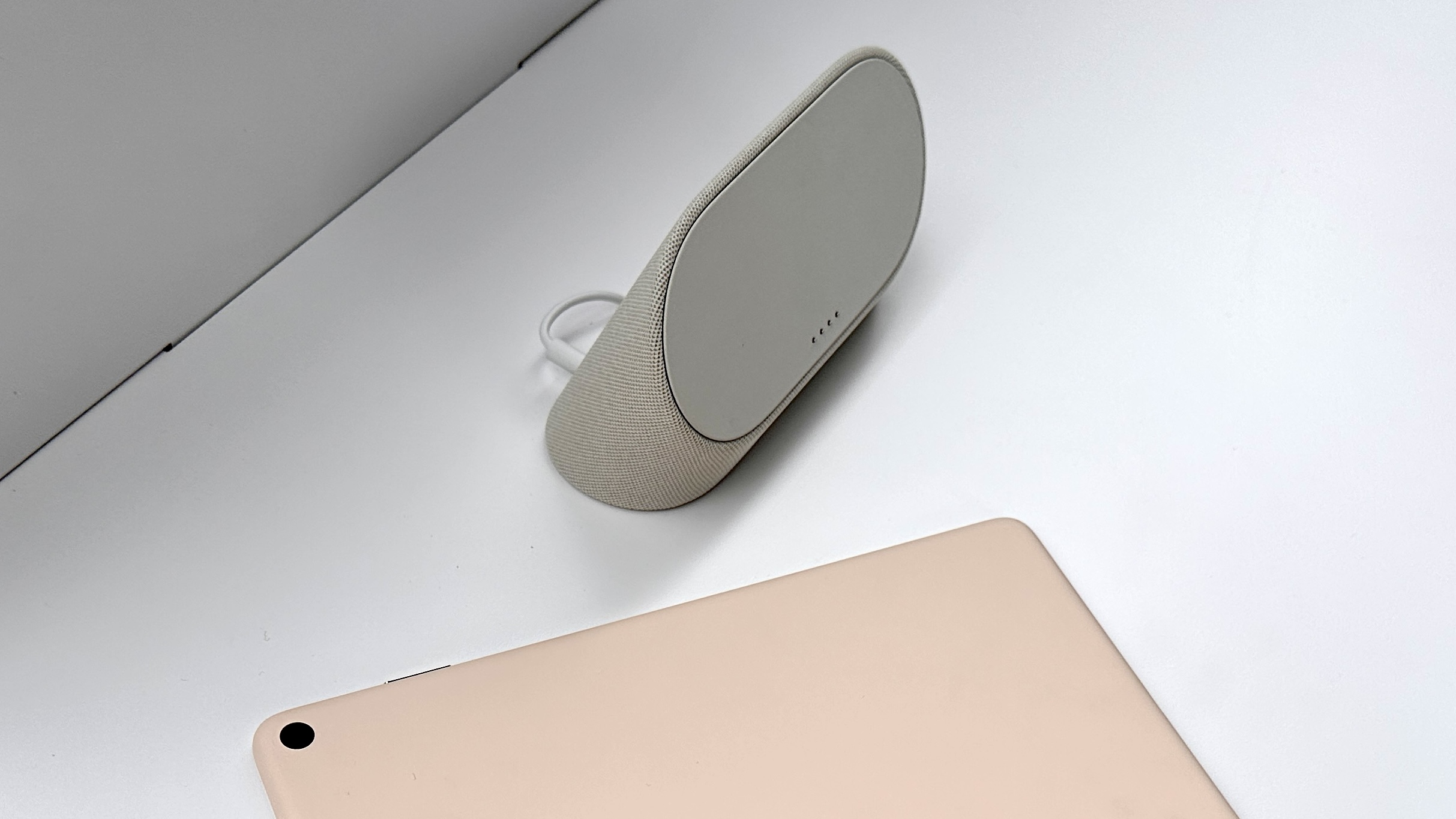
Docking the tablet causes it to switch to Hub Mode, which looks an awful lot like the home screen you see on the Google Nest Hub Max (check out our Google Pixel Tablet vs. Google Nest Hub Max face-off to see how they compare)..
Google says it is optimizing its apps to work well on the tablet when docked, and while it's ensconced and charging you can use it as a media hub, photo frame, hands-free voice assistant and more.
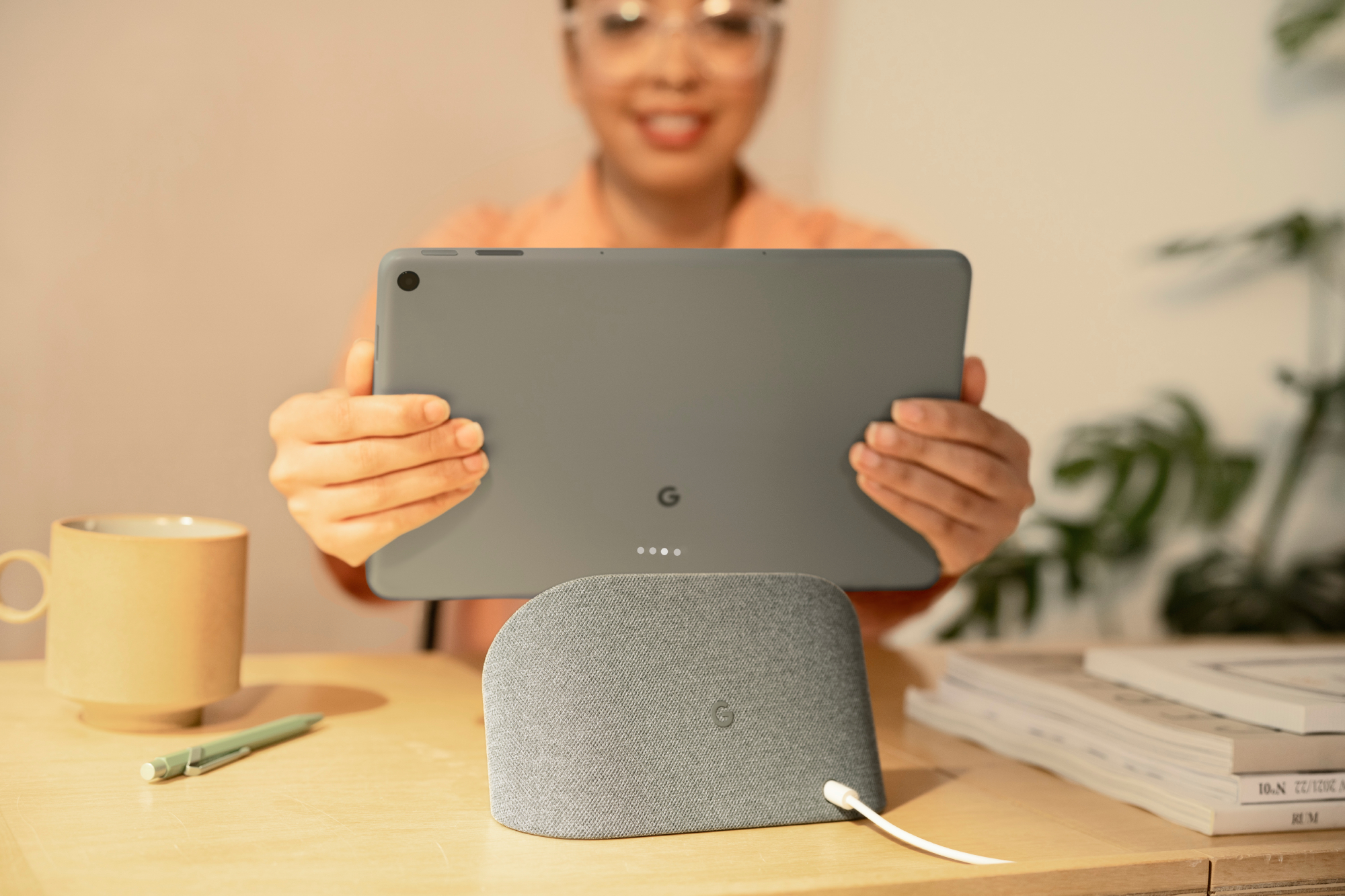
None of Apple's products, including the iPad, can really match this functionality. The Apple HomePod 2 smart speaker lets you use Apple's Siri voice assistant hands-free and plays well with iPads, but without a display it can't compare to the Google Pixel Tablet—and with a starting price of $299, it's one of the priciest smart speakers on the market.
If you like the idea of a tablet you can use as a smart screen while charging, one that's built to help you control your smart home, nothing compares to the Google Pixel Tablet.
Google Pixel Tablet vs. iPad: Outlook
We can't say for sure how the Google Pixel Tablet stacks up against Apple's iPad until we actually get one in ourselves for testing and review. However, based purely on what we've seen and touched so far, the Google Pixel Tablet is a solid Android tablet with a unique selling point: Smart home hub functionality.
If that sounds appealing to you, Google might have just sold you a Pixel Tablet, because no other slate on the market can match it on that front.
However, if you could care less about having a smart home hub and just want a great tablet to browse the web, take video calls and play games on, Apple's base iPad might be more appealing. It offers better cameras, a slightly smaller and svelter frame, and the entertainment options available via the App Store, including access (for a fee) to Apple Arcade games.
Of course, we can't say for sure which tablet is better until we get a Google Pixel Tablet in for testing. Stay tuned for our full review!







